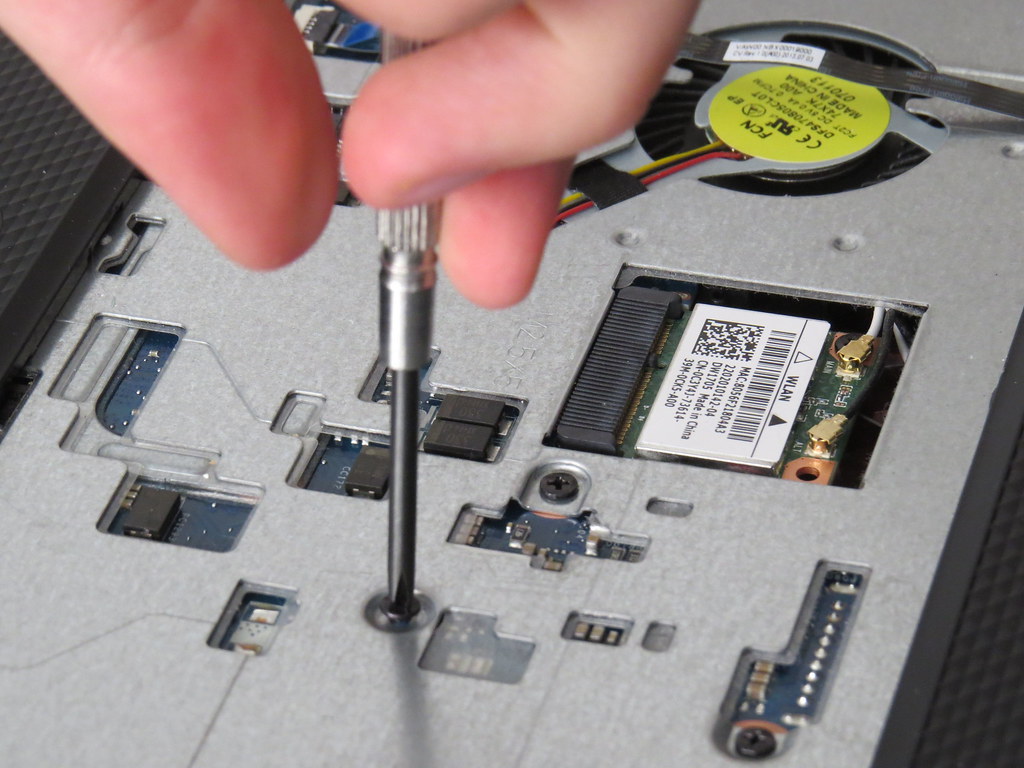How do we make repair less expensive and therefore more attractive? In Austria and the German state of Thuringia, people can now be partially reimbursed when repairing a product thanks to a repair bonus.
Today, the main barrier to repair remains the cost, often quite expensive compared to buying a new product. This is where a publicly financed repair bonus comes in: to increase the incentive to repair, consumers are reimbursed a part of the repair costs. This type of measures is a fairly simple yet effective measure against the rising quantity of e-waste. Every repair performed extends the life of a product while boosting the local economy and securing jobs when done at a repair shop.
Successful start in Thuringia
Since mid-June, consumers in the German state of Thuringia are eligible to the repair bonus program. In the first two weeks, the state government already subsidised 266 repair requests worth over 19,000 euros.A total of over 500 applications were received by the consumer advice centre, which is responsible for processing them.
Consumers can be reimbursed up to a maximum of 100 euros for a repair. In the first two weeks, products repaired through the scheme included mostly household appliances such as dishwashers, coffee machines and washing machines. About 20 percent of the repairs were carried out in independent repair workshops – that is, at businesses that only repair and do not sell new appliances. Most consumers had their appliances repaired by specialised retailers or electricians (54%). The voucher was also used for repairs in electronics stores (12%) or with the manufacturer’s customer service (15%).
The idea has now spread to other federal states: in Lower Saxony, the introduction of a repair bonus system has been added to the agenda of the state parliament and many other German states are considering implementing such a scheme.
Positive feedback from Austria: a nationwide repair bonus as of 2022
Austria already has more experience with repair bonus schemes. After the city of Graz kicked things off in 2017, Styria, Lower Austria, Salzburg, Upper Austria and most recently Vienna introduced a similar system. It looks similar everywhere: consumers can have up to 50 per cent of the repair costs reimbursed, but usually capped to 100 euros per repair case or per year. The bonus usually only applies to electrical appliances.
In some cities or countries, the repair must be carried out by a company that is listed in a repair register in order to ensure the quality of the repair. The city of Graz, does it differently. It not only supports commercial repairs, but also community repair initiatives: Repair Cafés can apply for up to 1,200 euros of funding per year. Upper Austria has already started the second round of repair bonus funding. During the first phase, from September 2018 to December 2019, around 260 tonnes of e-waste were saved, according to the regional government.
In Vienna, too, the demand was so high that the funding ran out after a short time only. In less than three months, the repair bonus facilitated the repair of more than 8,000 products accounting for around 190 tonnes of CO2 saved.The success of the individual regional approaches has now led to the National Council calling on the federal government to introduce the repair bonus nationwide. From 2022, all Austrians are to receive up to 200 euros for the repair of electrical and electronic equipment financed by the Covid-19 recovery fund.
The way forward: repair bonus focusing on local workshops
A repair bonus is a simple way to save resources while strengthening local repair ecosystems. In many Austrian regions, the bonus only applies to workshops that are part of a repair guide. This is how the authorities ensure funds actually end up with local businesses.
Regions currently developing a bonus system, should follow this idea. Cities and regions where such repair networks do not exist could limit the repair bonus to locally based (or within a radius of xx kilometres) specialised professionals and workshops. This would ensure the tax money stays in the region and ensure that the programme will not become a subsidy for manufacturers whose spare parts pricing policy is the very reason for the high cost of repairs that consumers often shy away from.
A local repair guide listing repair shops in the region is an attractive offer for consumers as well. Often, a repair fails because people don‘t know where to find a qualified person who can take care of their broken toaster and other products. Some German cities and regions for instance already offer an overview of local repair shops on their websites.
Not just fighting symptoms: we need the Right to Repair
One thing is clear: a repair bonus can only be a bridging measure that ramps up the repair market in the short term – until some important fundamental conditions have changed.
We need a universal right to repair, fast. We will only be able to sustainably change our resource consumption if repairing and reusing becomes more attractive and also cheaper than buying new, even without the help of financial subsidies.
This requires discrimination-free access to affordable spare parts and repair-related information and products designed in such a way that failing parts can be replaced easily and without a great deal of financial and time effort. Software and firmware updates must also be made available in the long term and not used to prevent repairs. Finally, we need a repair index to inform consumers about how repairable their products are at the point of purchase.

